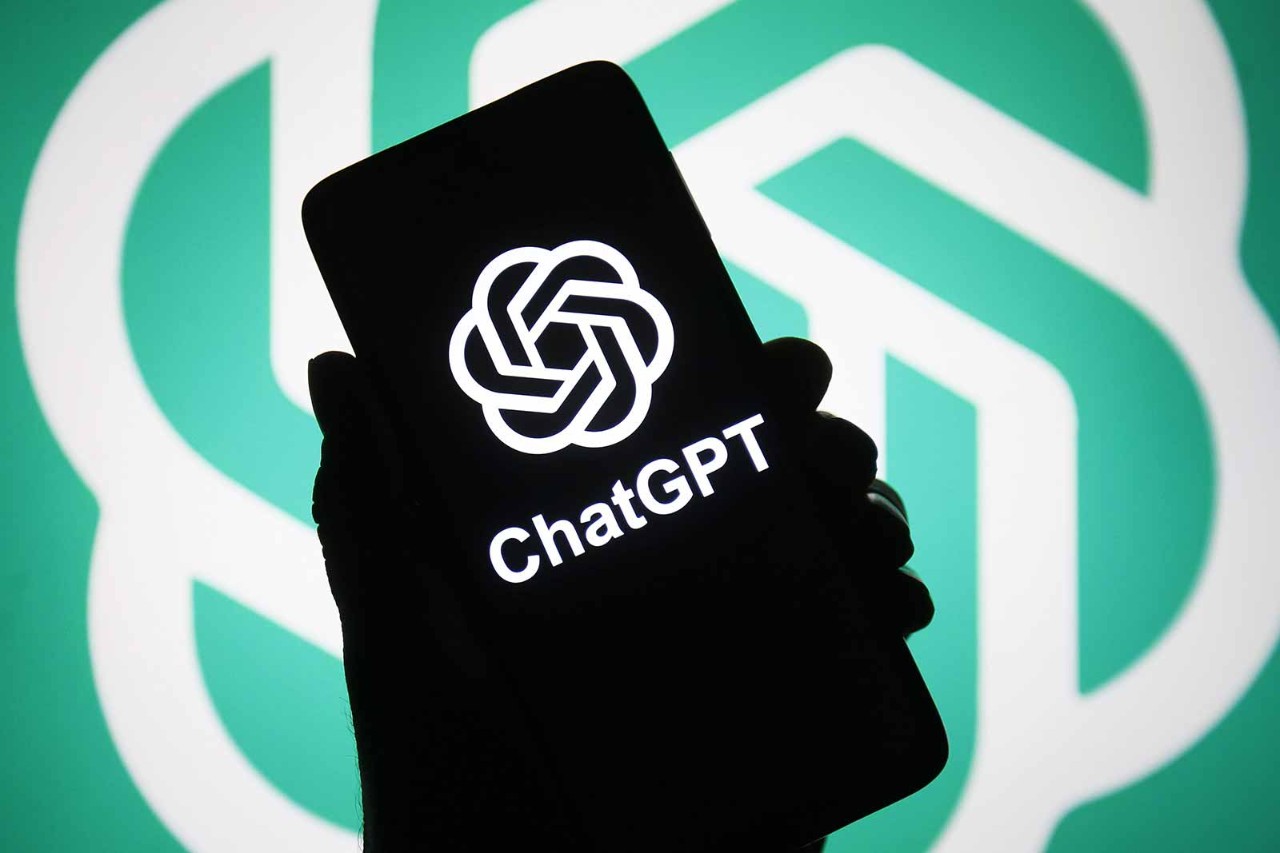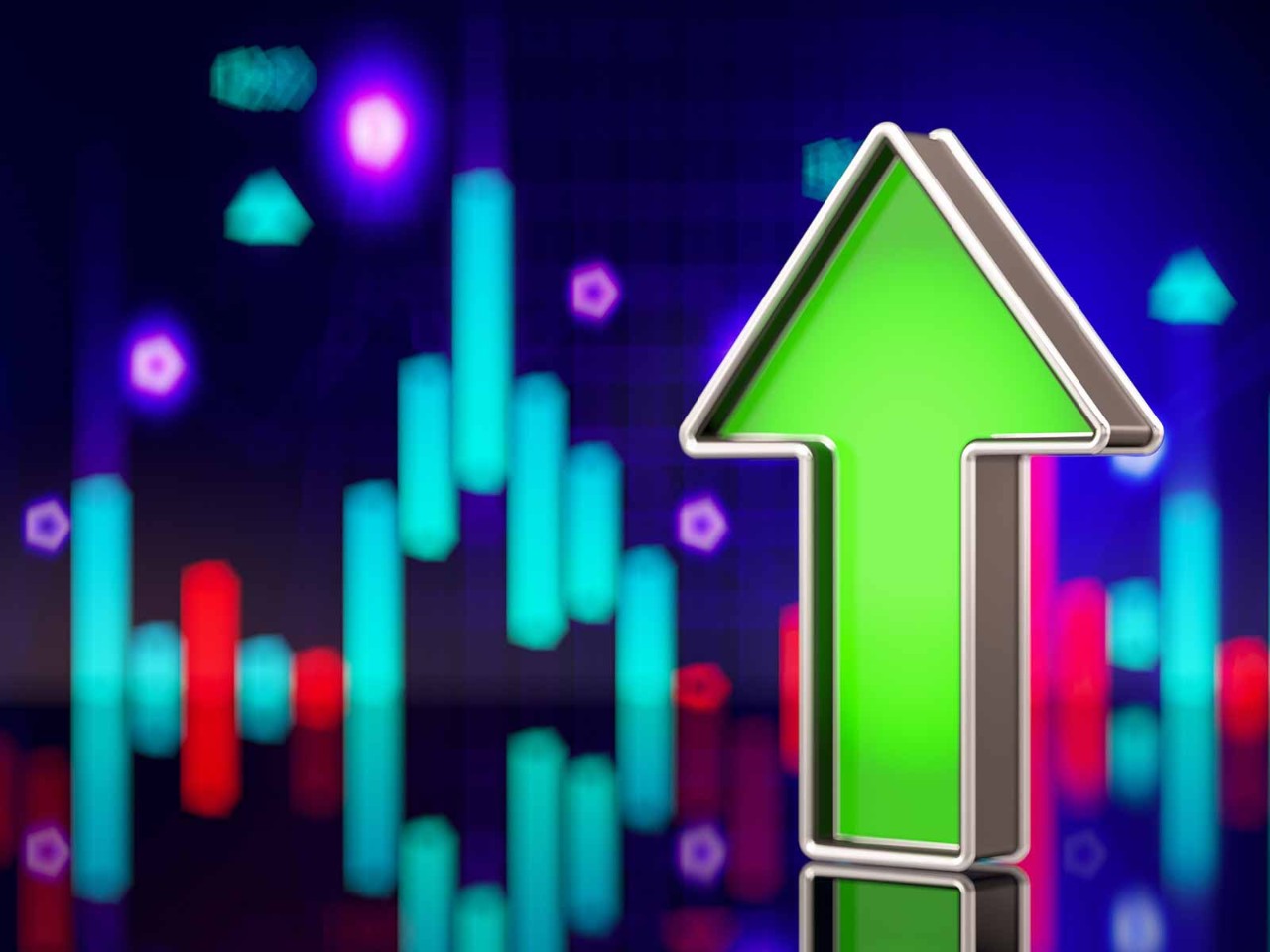
It seems not a week goes by without an announcement about non-fungible tokens (NFTs), with so many companies, artists and entrepreneurs keen to launch their own. As NFTs are the backbone of the metaverse, another massive technology trend, we should expect to see their popularity continue to grow in the coming years.
As a reminder, an NFT is a unique piece of data stored on a blockchain that provides a way to establish ownership or the right to use a digital asset. That could be digital art, music or a building within a metaverse. First created in 2014, the NFT has only become mainstream in the past two years.
Becoming the norm?
One area that is starting to get traction is the business use of NFTs (see panel). Most products that companies make are actually non-fungible. Even things that look identical – such as phones or cars – have serial numbers and become unique to the owner.
‘We have one client that plans to issue nearly 500,000 NFTs a day when they start tracking individual packages of medication,’ says Paul Brody, global blockchain leader at EY.
Fractionalisation could open up NFTs to small-scale and medium-tier investors
NFTs: who’s at it?
Nestlé recently announced an NFT for its Maggi noodle range, while last year Yum! Brands (parent company of Taco Bell, Pizza Hut and KFC) created NFTs of digital assets such as images, videos, memes, gifs and audio tracks.
In March 2021, an NFT representing a digital artwork by the artist Beeple, was auctioned by Christie’s for the equivalent of US$69.3m.
Twitter co-founder Jack Dorsey’s first ever tweet was sold as an NFT in 2021 for 1,630 ether, valued at the time at US$2.9m.
Amazon is reported to be launching 15 NFT collections in April 2023. These are expected to be available to US-based customers before being rolled out internationally. However, there is little official confirmation as to whether they are launching real NFTs on a public blockchain, and whether it'll be for consumers or businesses.
What could also give NFTs a boost is fractionalisation, which basically means that you can own a share of an NFT, not the whole asset. It is broadly the same as holding shares in a company. This could open up NFTs to small-scale and medium-tier investors, giving them a lower-price entry point.
‘Fractionalisation is starting to happen,’ Brody says. ‘The immense flexibility and programmability of the blockchain space does mean that investment options are going to get more complex, and making sense of them will be challenging.’
The fast-moving market means regulators are struggling to keep up. The tax implications and revenue opportunities from NFTs – and digital assets generally – are significant and complex, and consultants are gearing up for more work in this area. As this emerging asset class grows, monetising it at government level is going to be a huge undertaking. For more detail on the regulatory and fiscal complexity, see the AB article
More information
Watch ACCA’s free webinar ‘Taxing crypto currencies and NFTs’ for one CPD unit



